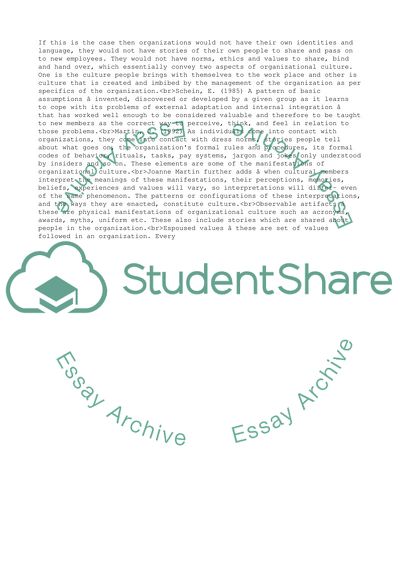Cite this document
(An analysis of the culture of an organization Essay - 5, n.d.)
An analysis of the culture of an organization Essay - 5. https://studentshare.org/management/1805326-an-analysis-of-the-culture-of-an-organization
An analysis of the culture of an organization Essay - 5. https://studentshare.org/management/1805326-an-analysis-of-the-culture-of-an-organization
(An Analysis of the Culture of an Organization Essay - 5)
An Analysis of the Culture of an Organization Essay - 5. https://studentshare.org/management/1805326-an-analysis-of-the-culture-of-an-organization.
An Analysis of the Culture of an Organization Essay - 5. https://studentshare.org/management/1805326-an-analysis-of-the-culture-of-an-organization.
“An Analysis of the Culture of an Organization Essay - 5”. https://studentshare.org/management/1805326-an-analysis-of-the-culture-of-an-organization.


